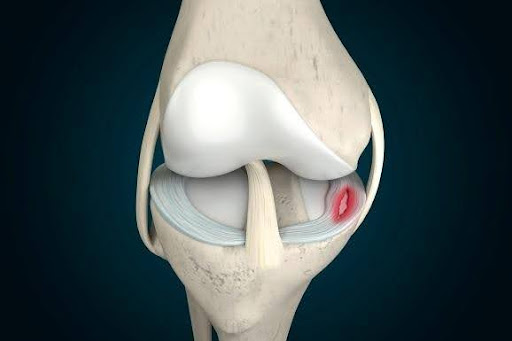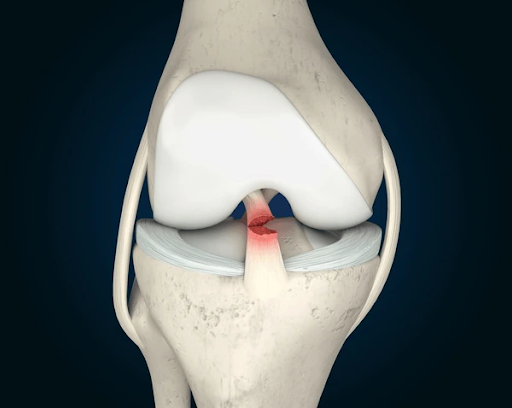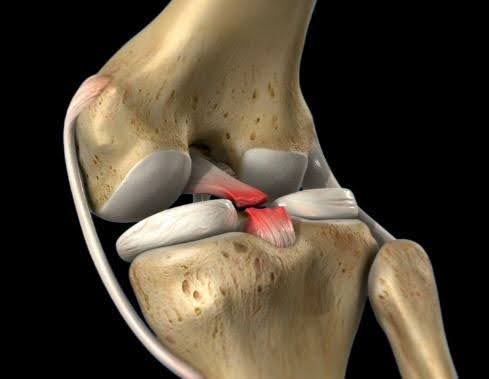
Knee Arthroscopy
Types of Knee Arthroscopy

Arthroscopic meniscectomy, meniscal repair, and meniscus balancing are three different surgical approaches used to treat meniscus injuries, depending on the severity, location and type of tear.
An ACL tear is a common knee injury that affects the anterior cruciate ligament, one of the key ligaments that stabilize the knee joint. It often occurs during sports or activities that involve sudden stops, pivots or awkward landings.


A PCL tear (posterior cruciate ligament tear) is an injury to one of the major ligaments in the knee. The PCL is located at the back of the knee and helps stabilize it by preventing the shin bone from moving too far backward relative to the thigh bone.